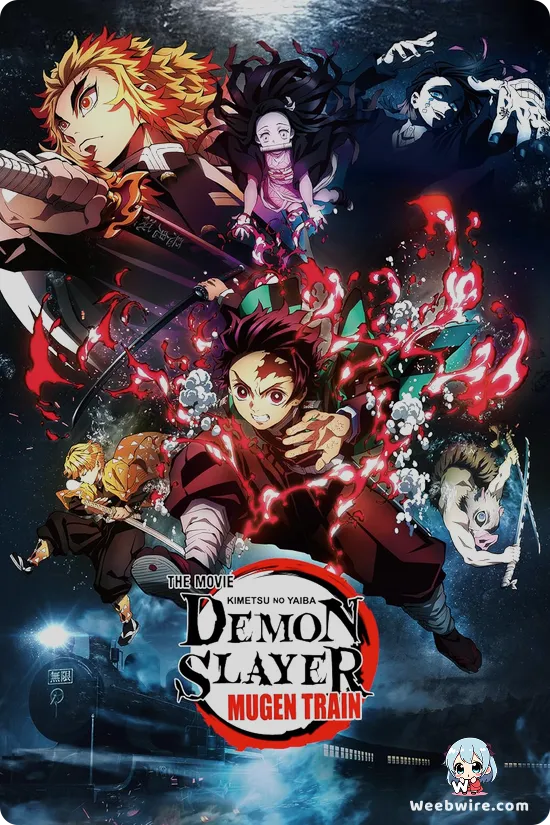Beyond the Battlefield: Unveiling the Hidden Depths of 'Saga of Tanya the Evil'

The acclaimed anime, 'Saga of Tanya the Evil,' continues to enthrall global audiences with its bold blend of dark fantasy, shrewd military strategy, and deep philosophical exploration. While many are familiar with its premise – a ruthless Japanese salaryman reincarnated as the formidable Tanya Degurechaff in a magic-infused WWI-era Europe – a closer look reveals a wealth of intriguing facts and creative choices that elevate this critically acclaimed series. Far from a simple power fantasy, it delves into complex themes, supported by meticulous world-building and surprising inspirations.
The Unforgettable Protagonist: Tanya Degurechaff
Central to 'Saga of Tanya the Evil' is its unforgettable protagonist, Tanya Degurechaff. Her true identity as a cynical, atheistic salaryman, reborn into a world where she defies a self-proclaimed God, 'Being X,' forms the narrative’s core. Author Carlo Zen’s commitment to Tanya’s worldview is profound: her relentless pursuit of a safe, comfortable life through military excellence stems directly from her past life's unwavering logical and results-oriented mindset. She views faith as an irrational hindrance, and her struggles against Being X are less about good versus evil, and more a clash between absolute rationality and divine intervention. This intricate philosophical underpinning, explored through Tanya’s internal monologues and strategic decisions, makes her a uniquely complex figure in the genre.
Meticulous World-Building and Military Realism
The series' meticulous world-building is another fascinating element. Set in an alternate early 20th-century Europe, heavily inspired by World War I and II, the integration of magic is executed with striking realism. The 'computation orb,' a magical device enabling mages to fly and cast spells, is treated as advanced military technology. Its development, mass production, and strategic deployment are discussed with the same gravitas as real-world weaponry. Carlo Zen, known for his deep interest in military history, infused the narrative with authentic tactical maneuvers and logistical challenges, blending them seamlessly with fantastical elements. Thus, aerial dogfights in 'Saga of Tanya the Evil' are not just flashy displays; they are often grounded in historical aerial combat strategies, making them both thrilling and intellectually engaging.

Studio NUT's Breakout Success
Studio NUT, the animation studio behind 'Saga of Tanya the Evil,' made a significant impact with this series. Founded in 2017, the same year the anime first aired, 'Tanya the Evil' was their debut full-length TV series as a primary animation producer. For a relatively new studio, the animation quality, particularly in dynamic aerial battles and detailed character expressions, was remarkably high. This breakout success immediately established Studio NUT as a name to watch, showcasing their dedication to fluid action and consistent art direction. Their commitment to adapting Carlo Zen's vision faithfully, while enhancing it with their animation prowess, was key to the show's widespread appeal.
Aoi Yuuki's Masterful Voice Acting
Aoi Yuuki’s voice acting for Tanya Degurechaff is a masterclass in performance. Yuuki expertly navigates Tanya’s duality: the innocent-looking loli exterior contrasting with the calculating, ruthless mind of a middle-aged man. Yuuki's ability to switch from a high-pitched, sweet tone to a guttural, menacing growl or a cold, logical delivery is astounding. This vocal performance is crucial in conveying Tanya's unsettling nature, preventing her from becoming a simple villain or pure hero, and cementing her as a compelling anti-hero driven by self-preservation and a twisted sense of duty.
The Impact of Musical Themes
Furthermore, the anime's opening and ending themes, 'JINGO JUNGLE' by Myth & Roid and 'Los! Los! Los!' by Aoi Yuuki (as Tanya Degurechaff), are integral to the show's identity. 'JINGO JUNGLE' perfectly captures the grim, militaristic atmosphere and Tanya's confrontational spirit, while 'Los! Los! Los!', with its marching band feel and Tanya's intense vocals, serves as a chilling, yet oddly empowering, anthem. These musical choices underscore the series' unique tone and contribute significantly to its overall impact.
Subtle Dark Humor
Finally, the subtle dark humor woven throughout the series often goes overlooked. Tanya’s exasperation with 'Being X’s' interventions, her bureaucratic efficiency in war, and her attempts to live a 'normal' life despite being a child soldier are all sources of morbid amusement. This humor often arises from the sheer absurdity of her situation and her pragmatic, albeit morally questionable, responses. It’s a testament to the writing that such heavy themes of war and existentialism can coexist with moments of genuine, albeit dark, comedy, making 'Saga of Tanya the Evil' a truly multifaceted and unforgettable anime experience.
Credits
Saga of Tanya the Evil
Author
Carlo Zen
Cover Art
Shinobu Shinotsuki
Studio
NUT
Publisher
Kadokawa Shoten
Producers





